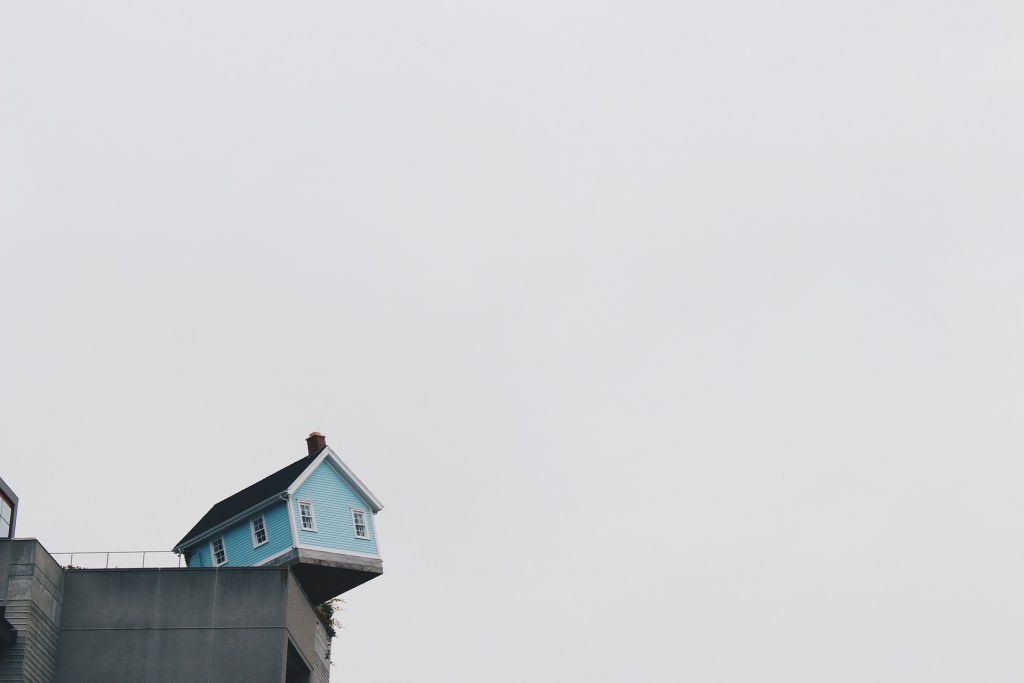Housing Bond Passes, Now What?

The vote is in. The Affordable Housing Bond has passed in Durham. Which only means one thing . . .
It’s officially time to roll up our sleeves.
It’s the public’s job to help make sure that the bond the community voted for lands on its feet. That includes making sure that when policy becomes a process with intended outcomes, that we remember the human face behind those efforts.
And of course, as you saw in our last post, the bond will have an impact, but there are still thousands in Durham in need of affordable housing above what can be provided in the next 5 years from the bond.
Here are some things you can do to help:
- Watch (and listen) for right of return. A big concern is that those who currently have affordable housing and need to move temporarily while their home is being renovated or rebuilt, do not lose their housing.
- Look for the City Council to establish a committee to help with transparency. According to Mayor Steve Schewel, “It is imperative and non-negotiable that there be a City Council-appointed accountability and advisory committee that works closely with DHA and the City’s staff during the entire five-year implementation period for the housing bond.”[1]
- Offer someone else affordable housing. If you are a landlord, consider joining in the city’s efforts to make your properties affordable. If you aren’t, consider making the case to people you know about why affordable housing is important for everyone in the city. Or get inspired by one of your neighbors, Blake Townsend, who has invested in affordable housing for UMD clients.
- Be mindful of those who are living the process of making the housing bond a reality. Not everyone is going to experience immediate joy on passage of the bond. While it can mean a long-term advantage for some, many of those in need of affordable housing have to live life in a short-term world. For them the bond means having to move (at least twice!) over the next 5 years, in addition to feeling mistrust and fear. It will be important to listen and hear different perspectives from our own, especially from those being directly affected.
- Don’t stop giving. If you are currently giving to a public homeless service provider, please continue to do so. For the bond to have its best chance at injecting change into our system, current giving needs to stay constant. That means extra dollars leveraged by the bond can help enhance our current system rather than just maintain it.
And of course, stay tuned to the blog for updates on issues impacting those experiencing poverty and homelessness in our community.
[1] Steve Schewel, Interview, Durham For All, https://durhamforall.org/wp-content/uploads/2019/08/Schewel-2019-D4A-mayor-questionnaire.pdf, pg. 2.
